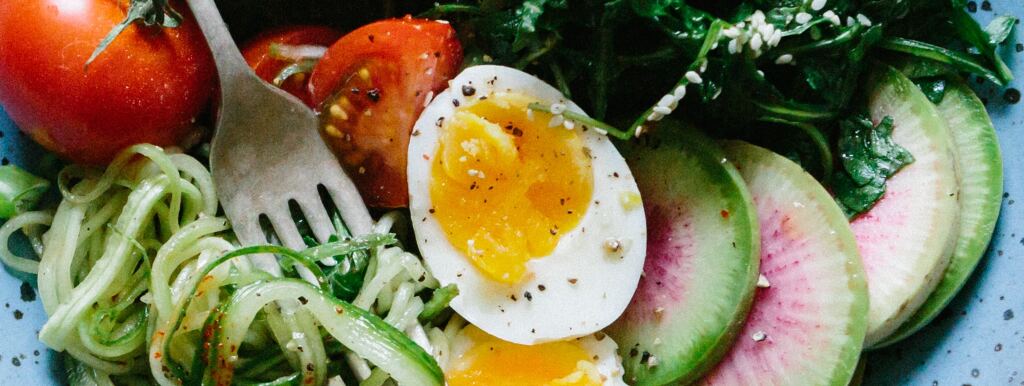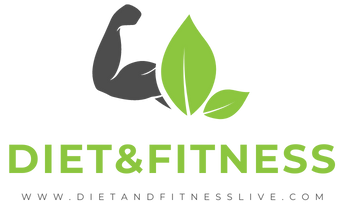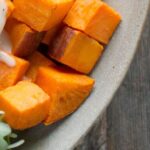
The paleo diet, also known as the caveman diet, has gained a lot of popularity in recent years. This diet is based on the idea of eating the same foods that our ancestors ate during the Paleolithic era, which was around 2.5 million to 10,000 years ago. The main idea behind this diet is to eat whole, unprocessed foods and avoid anything that is processed or refined. In this article, we will discuss the paleo diet in detail and provide tips for those who want to try it out.
- What is the paleo diet?
- Benefits of the paleo diet
- Foods to eat on the paleo diet
- Foods to avoid on the paleo diet
- Tips for following the paleo diet
- Paleo diet and exercise
What is the paleo diet?
The paleo diet is a way of eating that involves consuming foods that were available during the Paleolithic era. This means that the diet is based on whole, unprocessed foods such as meat, fish, vegetables, fruits, nuts, and seeds. The paleo diet eliminates grains, legumes, dairy, and processed foods. The idea behind the diet is that our bodies are not designed to consume processed and refined foods, and that by eating a diet that is similar to what our ancestors ate, we can improve our health.
Benefits of the paleo diet
The paleo diet has been associated with a number of health benefits. One of the main benefits of the diet is weight loss. By eliminating processed foods and focusing on whole, unprocessed foods, people on the paleo diet tend to consume fewer calories and lose weight. The paleo diet has also been associated with improved blood sugar control, lower blood pressure, and improved cholesterol levels.
Foods to eat on the paleo diet
The paleo diet is based on whole, unprocessed foods. This means that you should eat foods such as meat, fish, vegetables, fruits, nuts, and seeds. Some examples of foods to eat on the paleo diet include grass-fed beef, wild-caught fish, sweet potatoes, broccoli, berries, almonds, and chia seeds. It is important to choose high-quality, organic foods whenever possible.
Foods to avoid on the paleo diet
The paleo diet eliminates grains, legumes, dairy, and processed foods. This means that you should avoid foods such as bread, pasta, rice, beans, peanuts, soy, milk, cheese, and anything that is processed or refined. It is important to read labels carefully and avoid any foods that contain additives, preservatives, or artificial ingredients.
Tips for following the paleo diet
If you are interested in following the paleo diet, there are a few tips that can help you get started. First, focus on whole, unprocessed foods and avoid anything that is processed or refined. Second, choose high-quality, organic foods whenever possible. Third, plan your meals in advance to ensure that you have healthy options available. Fourth, be prepared to cook your own meals and avoid eating out as much as possible. Finally, be patient and give your body time to adjust to the new way of eating.
Paleo diet and exercise
The paleo diet is often combined with exercise to help people achieve their health and fitness goals. Exercise is important for overall health and can help with weight loss, muscle gain, and improved cardiovascular health. Some popular exercises that are often combined with the paleo diet include weightlifting, high-intensity interval training (HIIT), and yoga.
In conclusion, the paleo diet is a way of eating that involves consuming whole, unprocessed foods and avoiding anything that is processed or refined. The diet has been associated with a number of health benefits, including weight loss, improved blood sugar control, and improved cholesterol levels. If you are interested in trying out the paleo diet, be sure to focus on whole, unprocessed foods, avoid anything that is processed or refined, and be patient as your body adjusts to the new way of eating.






